All posts under this category will have post dates removed.
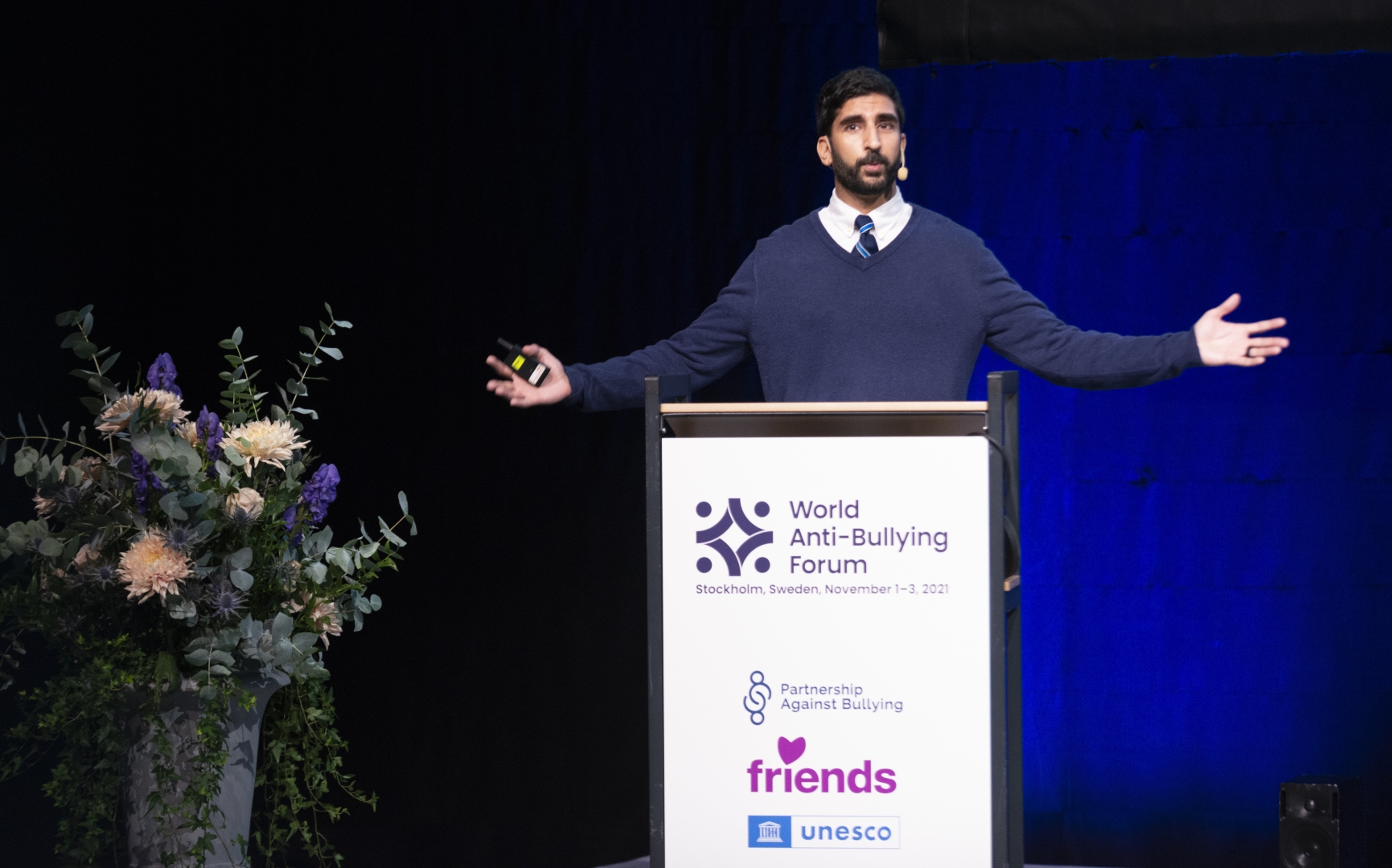
Preventing Bullying and Cyberbullying by Building Hope
NOTE: Since April 2020, we have been offering every one of our presentations and trainings in virtual modalities (e.g., Zoom, WebEx, Teams, Hopin, Skype). Reach out if you need specifics, as we’ve optimized the way we engage with our audiences from afar! With the development of positive psychology over the last few decades, practitioners have […]

Social Media and Tech Misuse Scenarios
This resources provides scenarios that parents, educators, and other adults can use to discuss issues that may come up when young people are using technology. Hinduja, S. & Patchin, J. W. (2023). Social Media and Tech Misuse Scenarios. Cyberbullying Research Center. Retrieved [insert date], from https://cyberbullying.org/Social-Media-and-Tech-Misuse-Scenarios.pdf Download the Scenarios
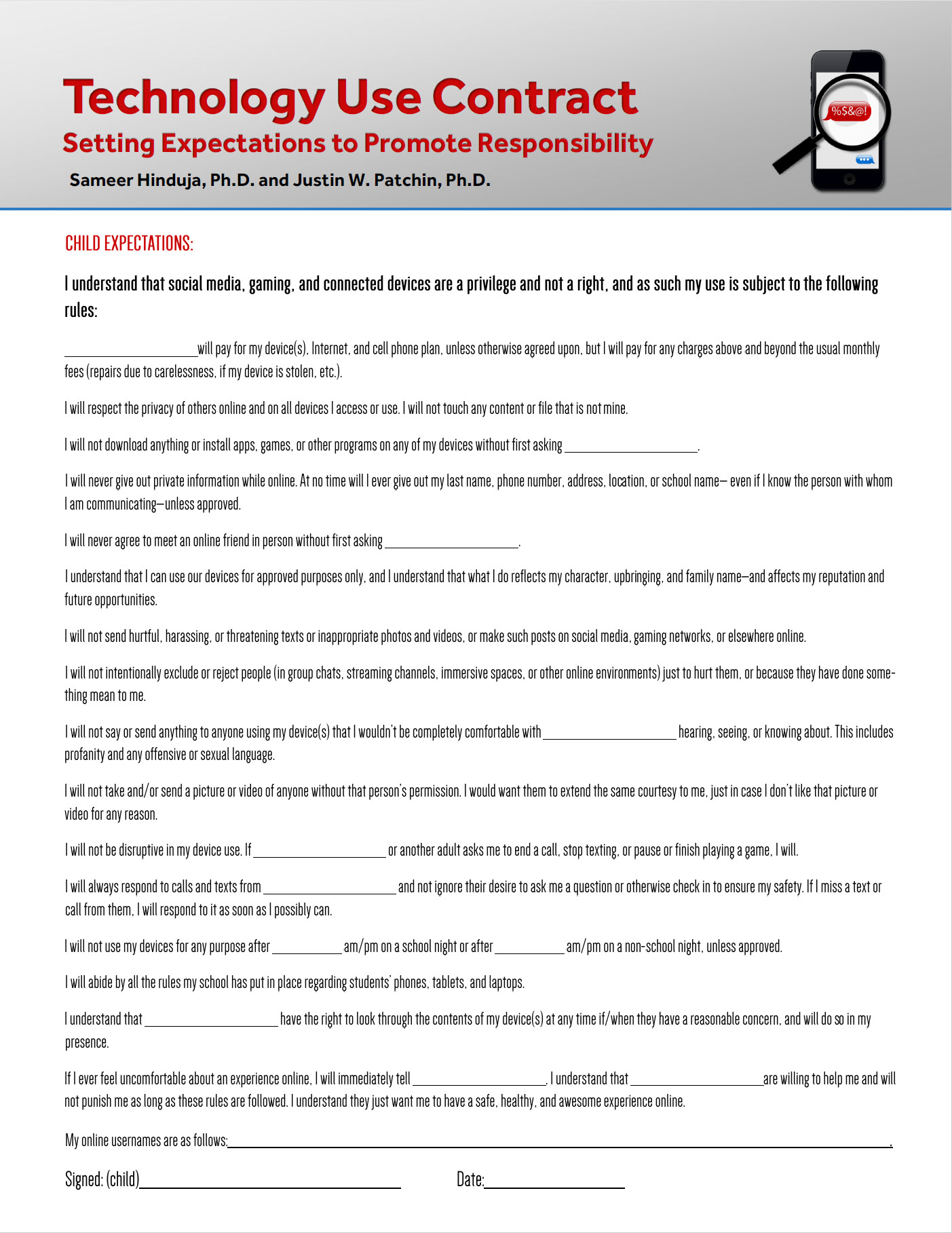
Technology Use Contract
Use this Technology Use Contract to establish an open line of communication regarding the child and parent expectations when it comes to using technology. Download PDF
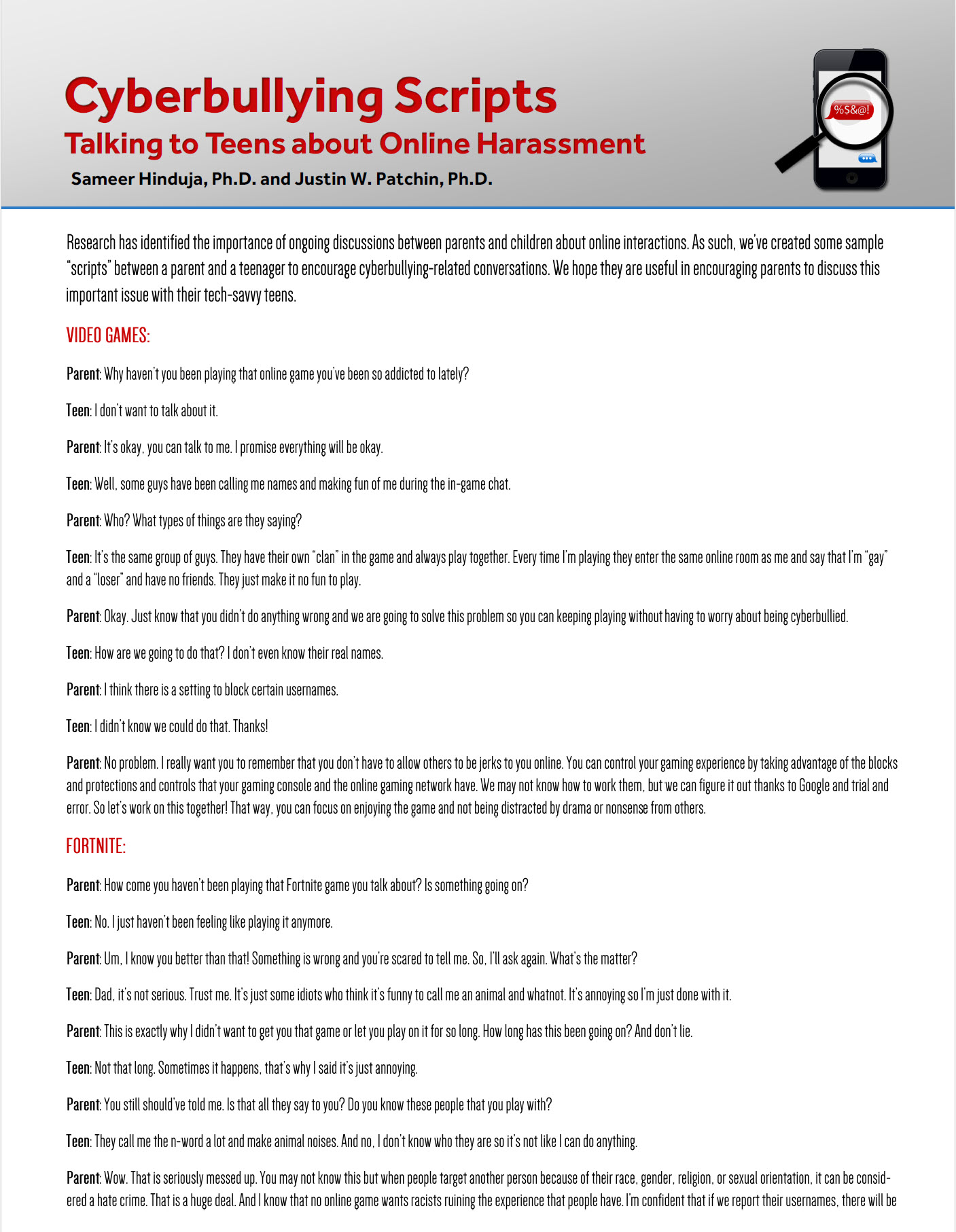
Cyberbullying Scripts for Parents to Promote Dialog and Discussion
Provides parent/teenager “scripts” to promote dialogue and discussion about cyberbullying.
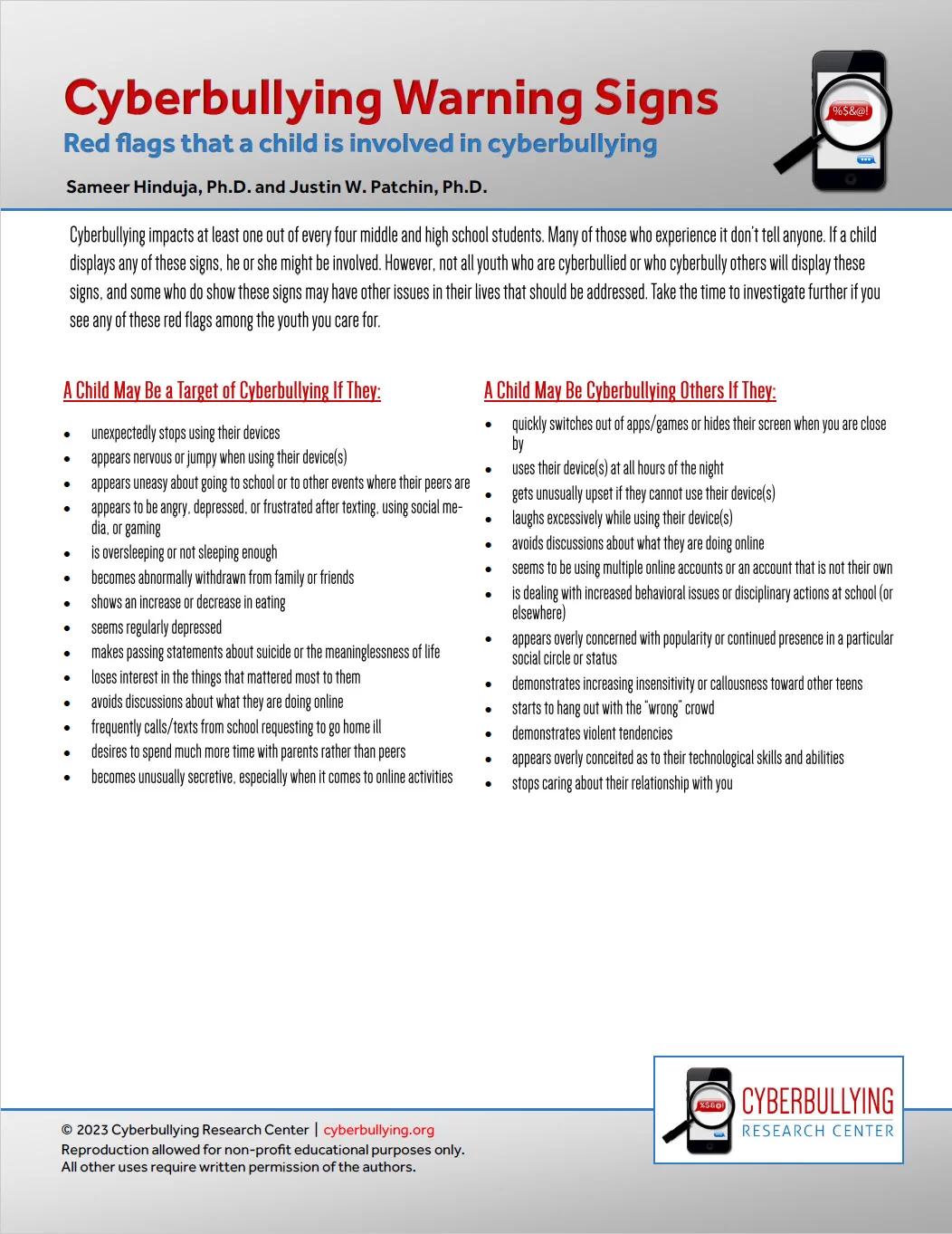
Cyberbullying Warning Signs
Cyberbullying impacts at least one out of every four middle and high school students. Many of those who experience it don’t tell anyone. If a child displays any of these signs, he or she might be involved. However, not all youth who are cyberbullied or who cyberbully others will display these signs, and some who […]
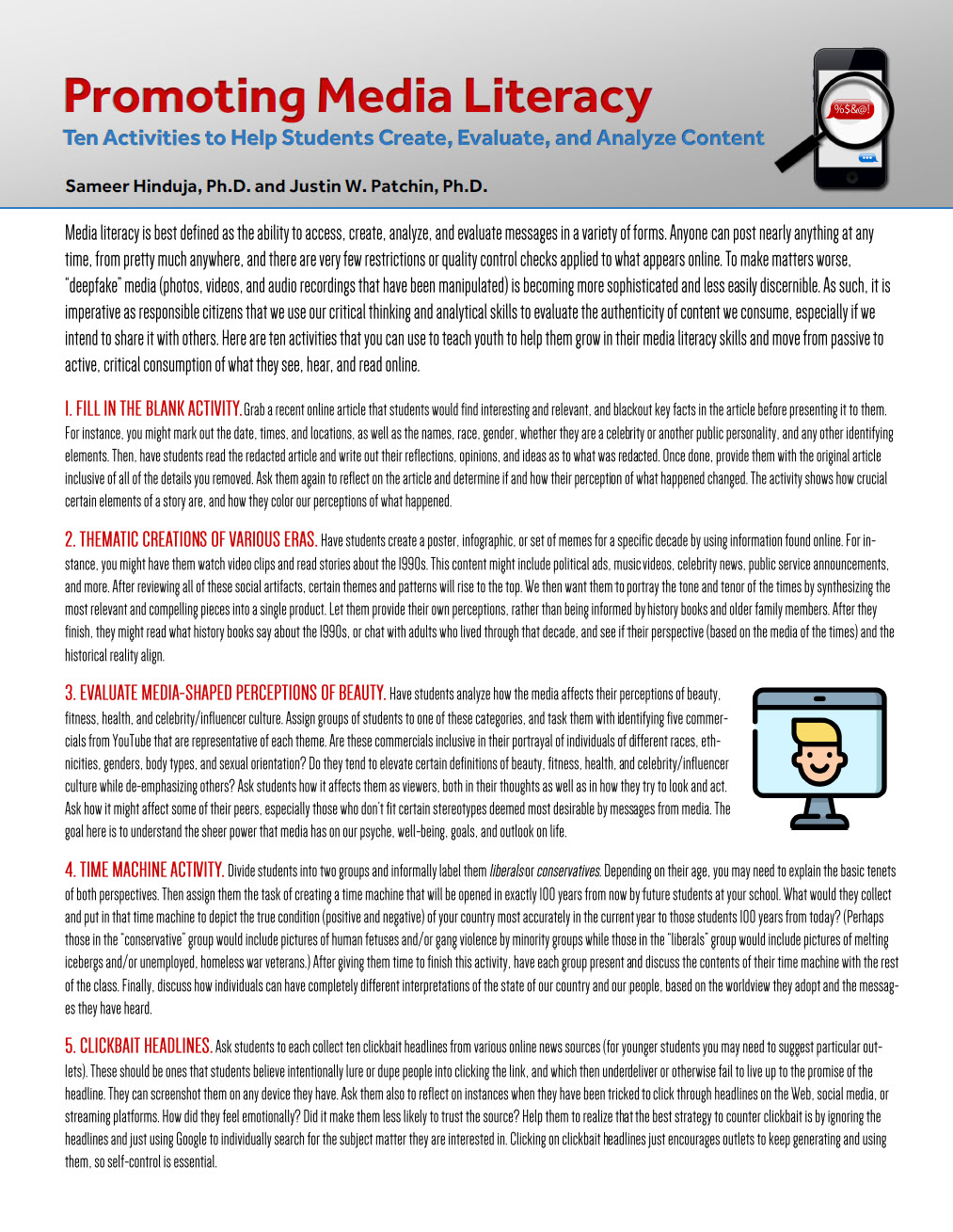
Promoting Media Literacy: Ten Activities to Help Students Create, Evaluate, and Analyze Content
(For a formatted .pdf version of this article for distribution, click on the image above [or click here]). Media literacy is best defined as the ability to access, create, analyze, and evaluate messages in a variety of forms. Anyone can post nearly anything at any time, from pretty much anywhere, and there are very few […]
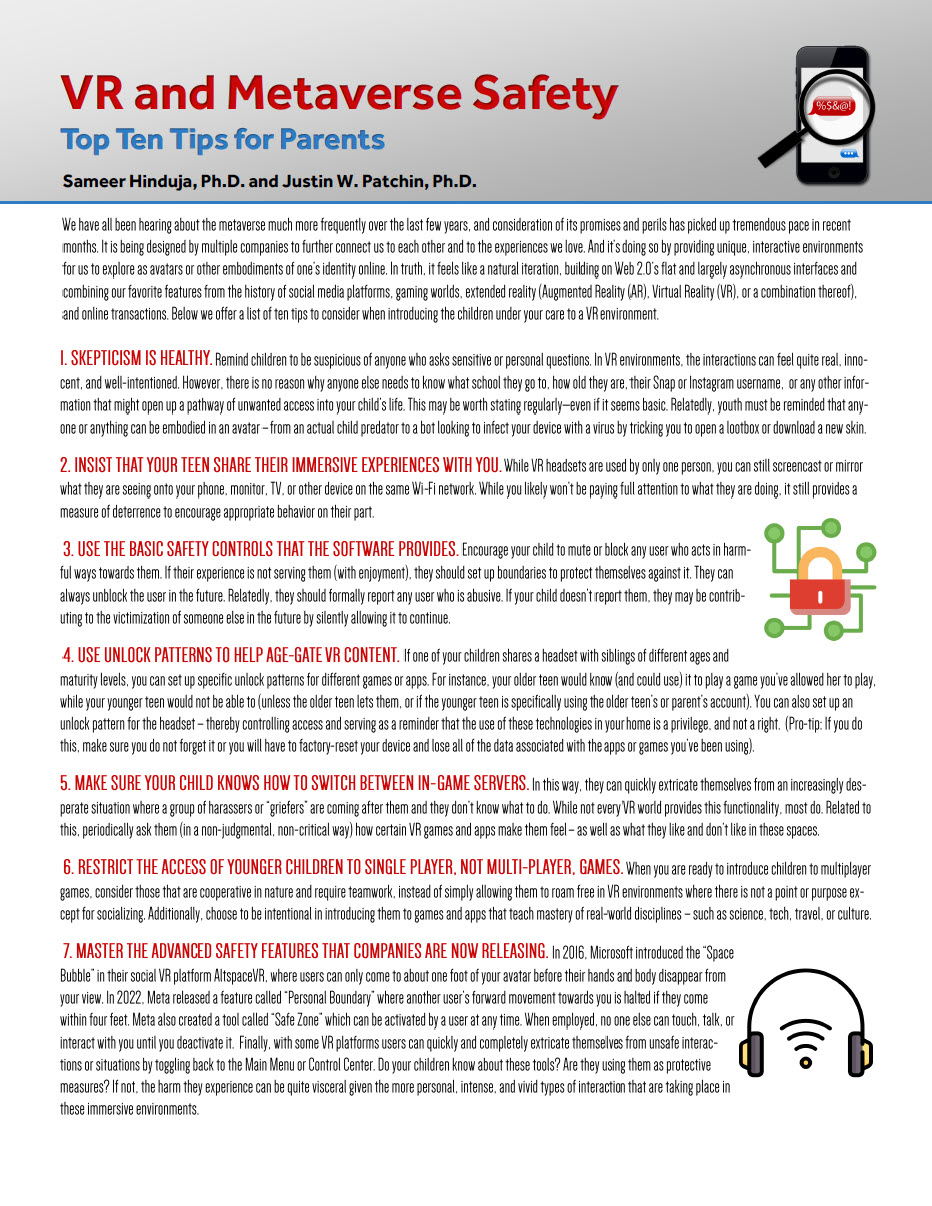
VR and Metaverse Safety: Top Ten Tips for Parents
(For a formatted .pdf version of this article for distribution, click on the image above [or click here]). We have all been hearing about the metaverse much more frequently over the last few years, and consideration of its promises and perils has picked up tremendous pace in recent months. It is being designed by multiple […]
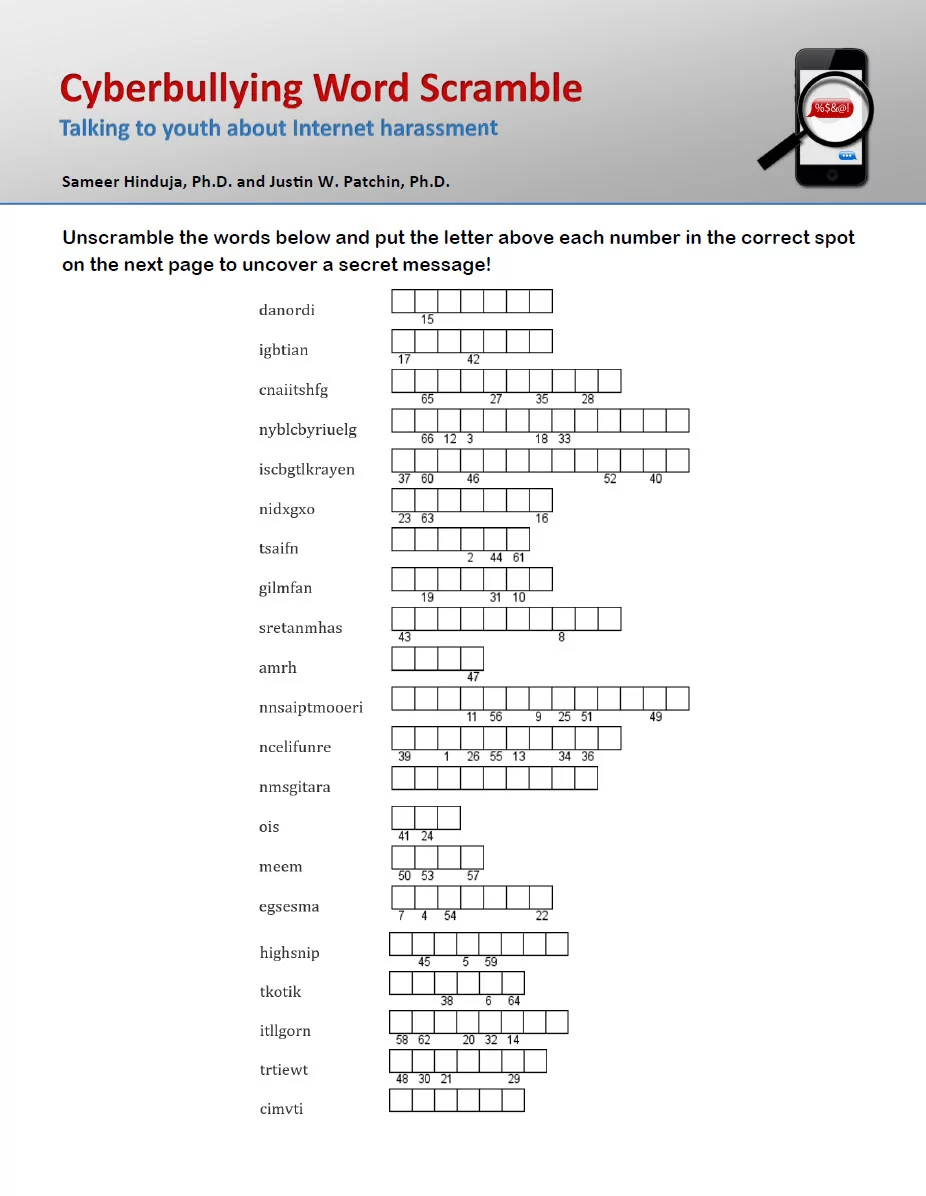
Cyberbullying Activity: Word Scramble
Use this Word Scramble activity to introduce students to important concepts related to cyberbullying and Internet safety. Patchin, J. W. & Hinduja, S. (2022). Cyberbullying Activity: Word Scramble. Cyberbullying Research Center. Download PDF
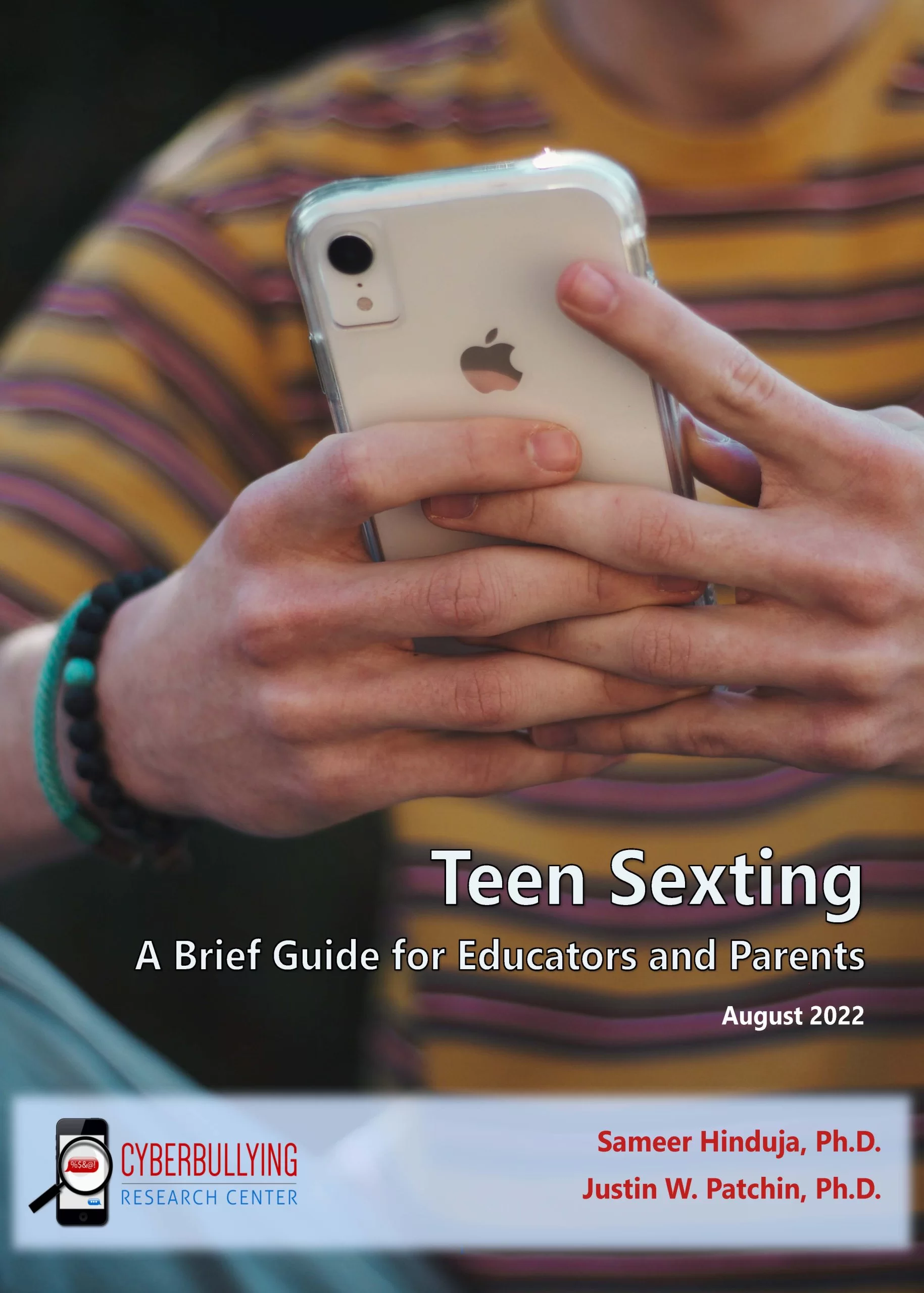
Teen Sexting: A Brief Guide for Educators and Parents
This research summary reviews what is currently known about teen sexting. Research from across the United States is discussed, along with practical solutions for parents, educators, and other adults to prevent and respond to teen sexting. Citation information: Hinduja, S. & Patchin, J. W. (2022). Sexting – A Brief Guide for Educators and Parents. Cyberbullying […]

Child Grooming and the Metaverse – Issues and Solutions
Arguably one of the biggest concerns of the metaverse, especially to law enforcement, parents, guardians, and caregivers of children, is the potential for pedophilia, online grooming, and child sexual exploitation. To be sure, the media is quick to focus on this hazard with any new environment (offline or online) that allows for adults and youth […]

